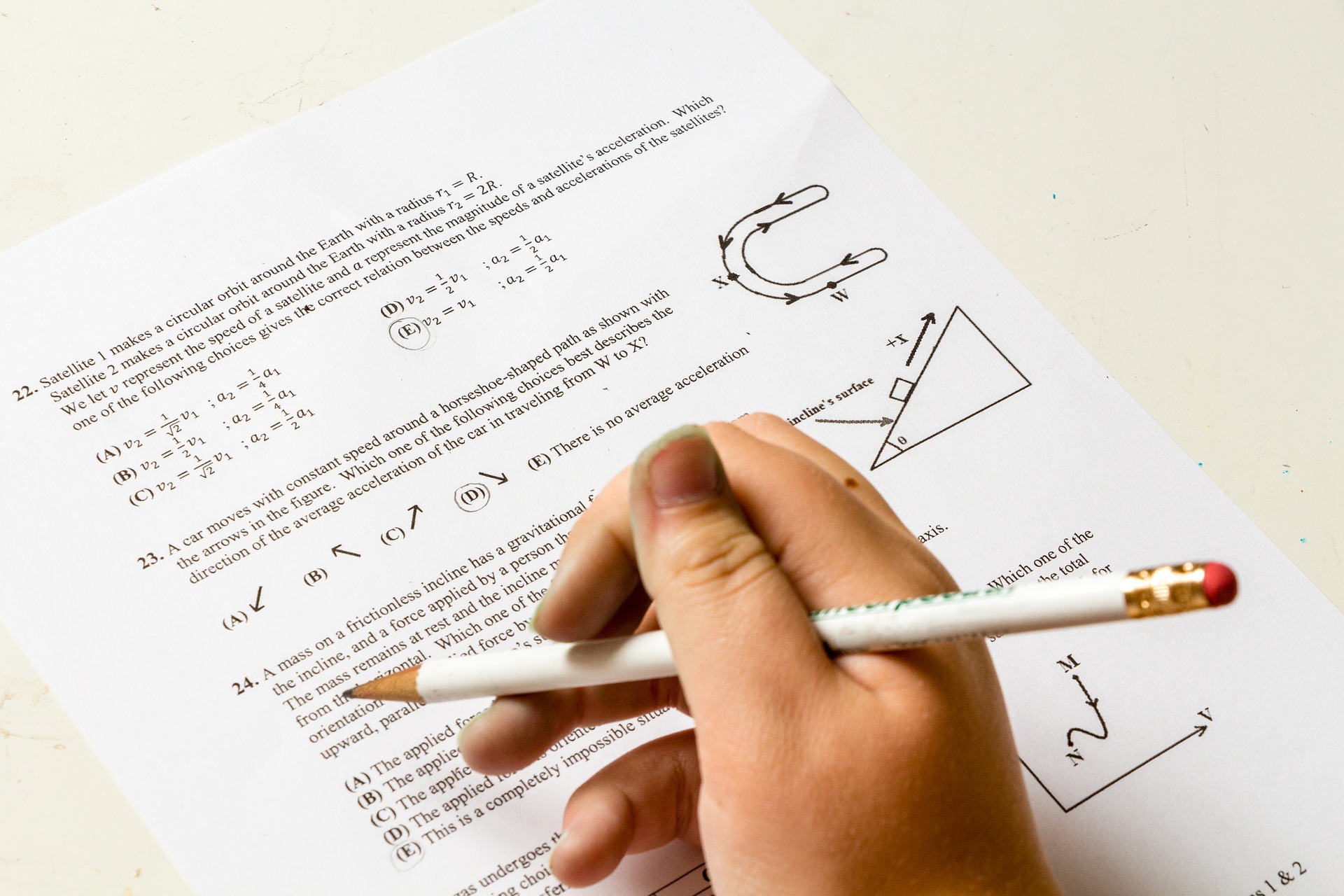Creating Assessments
Assessment
Assessment is the framework used by an instructor to determine the extent to which a student has achieved particular learning objectives. Its purpose is to provide information to help both the student and the instructor gauge the progress made along a learning pathway. Assessment often places student work on a scale or spectrum based on a variety of criteria as a way of assessing the overall quality of the work. Assessment helps instructors to answer the question, “How is this student progressing?” Assessment items are best supported with clear rubrics, as these can help identify students’ progress at particular stages of their learning. [1]
Assessment is often broken down into institutional, program, and course level assessment. Institutional assessment measures the university-wide outcomes for all graduates at the university. Program level assessment is critical to help faculty and administration determine if students are acquiring the skills, knowledge and attitudes as defined by the Program Learning Outcomes. Course level assessments help faculty assess whether or not students in their course are achieving the desired course learning outcomes.
Creating Assessments
Once you have identified your weekly learning objectives and mapped those to the course learning outcomes, your next step is to determine how you will evaluate student learning. How will you know when your students have met your learning objectives(s)? By defining measurable and clear weekly learning objectives at the beginning of the process, you can begin to design assessments that will directly align with the course outcomes. It is recommended that every weekly learning objective be measured within at least one assignment or assessment.
This chapter will review the second step in the backwards design process, focusing on the different types of assessment, as well as recommendations for designing effective rubrics.
- Adapted from Ballantye, E. (2022, February). Online course development. Mount Saint Vincent University. Licensed under CC-BY-NC-SA-4.0. ↵

